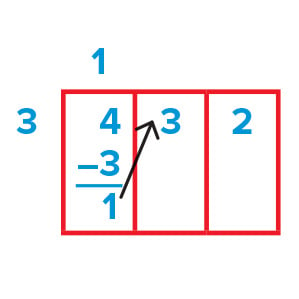“What a perfect night for trick-or-treating!” Tanya beamed. She twirled and her sparkly cat tail danced in the air.
“Yes!” Imani agreed. She looked up, causing her oversized firefighter’s hat to slide toward her eyes. “The full moon is so bright!”
Every Halloween, Caleb took his little sister, Tanya, and her best friend, Prisha, trick-or-treating for an hour. This time, he had invited his friends Imani, Jo, Hiro, and Luis to come along.
“Where should we go first?” asked Jo. He wore a sheet with holes for the eyes and mouth—a classic ghost costume.
Luis waved his wizard’s wand. “I have an idea,” he said. “What if we split up? That way we can go to every house in the neighborhood and still be back in an hour! Then we could divide the candy equally between the seven of us.”
“What a perfect night for trick-or-treating!” Tanya smiled. She spun around. Her cat tail sparkled.
“Yes!” Imani agreed. She was dressed as a firefighter. Her hat was too big. It almost covered her eyes. “The full moon is so bright!”
It was Halloween night. Every year, Caleb took Tanya trick-or-treating. Tanya was Caleb’s little sister. Tanya always invited her best friend, Prisha. Caleb’s parents let the group trick-or-treat for exactly one hour. This year, Caleb had invited his friends Imani, Jo, Hiro, and Luis to come with them.
“Where should we go first?” asked Jo. He wore a sheet over his head. It had holes cut out for Jo’s eyes and mouth. It was a classic ghost costume.







